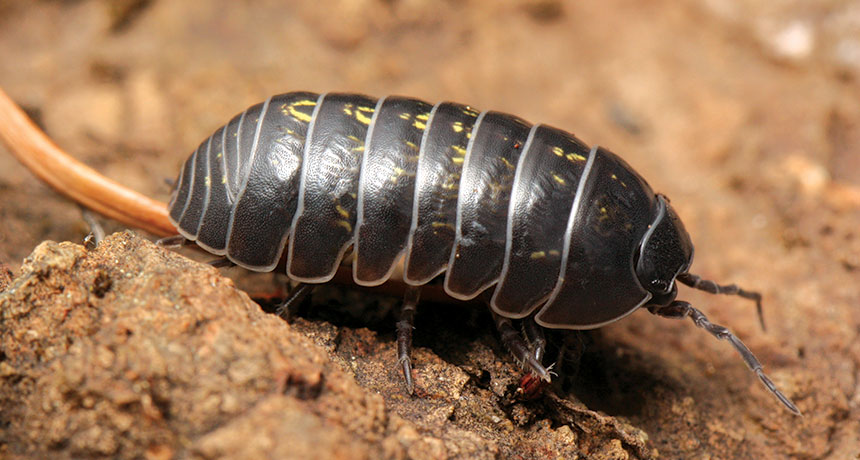To make female pill bugs, just add bacterial genes
Bits of Wolbachia DNA infiltrate an arthropod’s genetic makeup and change sex determination

SEX LIVES Wolbachia bacteria have done some remarkable things to sex in terrestrial crustaceans commonly called pill bugs — even when the actual bacteria are long gone.
Walter Siegmund/Wikimedia Commons (CC BY-SA 3.0)






